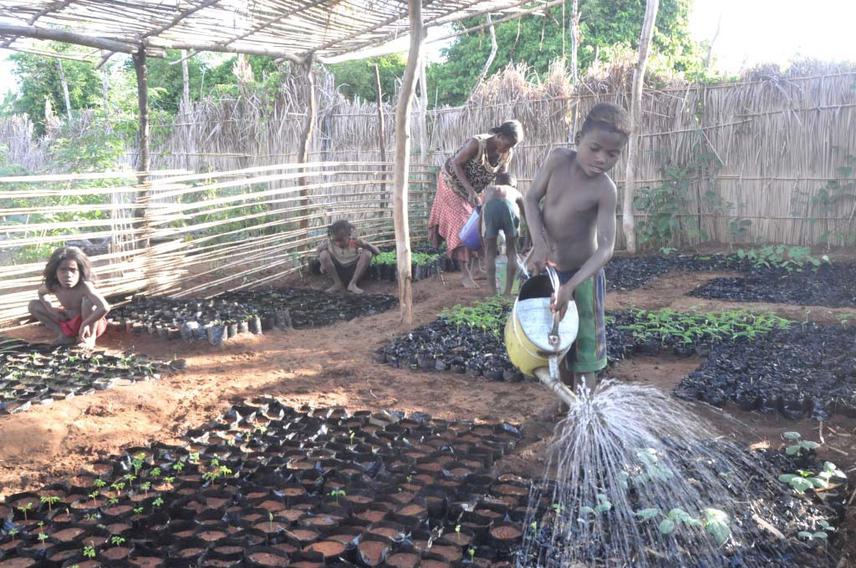Martina Petru
Other projects
4 Jun 2009
‘ho avy’: Grassroots Restoration and Sustainable Development Alternatives for Southwestern Madagascar
The aim of the project is to explore how charcoal fragments remaining in forest after harvesting facilitate forest regeneration and improve crop yields, when composted and added to fields.

In Ranobe, a poverty-stricken region of southwest Madagascar, charcoal burning and inefficient agricultural expansion threaten the unique spiny forest. The rural communities have mobilized to protect the forest through establishment of no-harvest forest reserves and ecological restoration. Ho Avy has been actively involved in community consultations for establishing the first forest reserve and ecological restoration, starting in forest clearings for charcoal mounds. Ho Avy now raises awareness about more sustainable use of available resources, i.e., small pieces of charcoal not worth to the people to collect as fuel. These charcoal fragments will be evaluated in the forest and in nurseries, fields and gardens (combined with compost) to improve soil fertility, facilitate forest regeneration and increase crop production. Known from South America as Terra Preta, this approach requires sensitive training underlying the idea of recycling.
This integrated multiple-level approach encompasses conservation/forest restoration, i.e., forest reclaiming after human disturbance in charcoal pits improving the forest soil in charcoal pits with residual charcoal that may favour spontaneous seedling recruitment and regeneration from added seeds. Monitoring of seed recruitment and seedling survival in these trials will provide with original research findings and will engage the local community in research monitoring, seed collection and collection of charcoal fragments for nursery and agriculture experiments. Information and training workshops held at the Ho Avy Forest Restoration Center will reach out to a larger community beyond the village Ranobe, as representatives of other villages will be invited.
The method of composting charcoal fragments and compost use in crop fields and nursery will be thoughtfully explained, emphasizing the process of nutrient recycling, thus more sustainable resource use. An experimental nursery will be established in Ranobe testing the effect of composted charcoal on growth of native and fruit trees. When ready for transplanting, composted charcoal will be added to the planted trees. Agricultural experimental plots will be replicated and arranged in a complete factorial design demonstrating the fertilizing effect of composted charcoal, biogas residuals and irrigation on crop yields of mixed crops of maize, beans and sweet potatoes, fruit and edible trees. A demonstration garden will show increase vegetables yields with composted charcoal.
Publications, reports and presentations will be shared with other organizations. Instructional posters about composting incl. role of leftover charcoal in fields, gardens and tree nurseries will reach out to publics in rural countryside and well as urban and suburban areas.